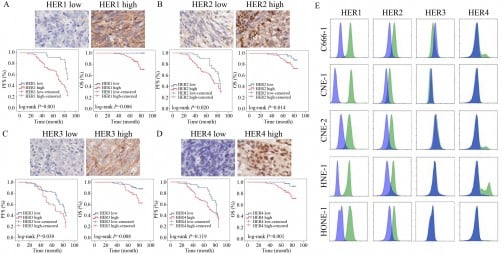Study Reveals Gender Differences in Batten Disease Progression

Research from the University of Rochester has uncovered significant gender differences in the progression of Batten disease, a rare inherited condition that severely impacts brain development and function. Published in the Journal of Neurodevelopmental Disorders, the study focuses on CLN3 disease, the most prevalent form of Batten disease, and offers new insights into how it affects male and female patients differently.
Symptoms of Batten disease typically emerge between the ages of four and seven, leading to serious challenges such as vision loss, cognitive impairment, movement disorders, seizures, and speech difficulties. While it is known that females often experience a later onset of symptoms than males, they may also face more rapid disease progression. The research conducted at the Del Monte Institute for Neuroscience aims to clarify these distinctions and improve understanding of the disease’s impact.
Yanya Ding, Ph.D., the first author of the study, highlighted the difficulty of tracking disease progression due to early cognitive and visual decline. “Because vision and cognition decline early, it is hard for scientists to track how the disease progresses and develop reliable treatments using standard tests,” she stated. The innovative approach used in this study involved a non-invasive measure of brain electrical activity called electroencephalography (EEG), allowing researchers to assess how male and female mouse models of CLN3 respond to changes in sound patterns.
Gender-Specific Findings on Disease Progression
The findings revealed that male mice exhibited auditory issues at an earlier stage, which surprisingly improved with age. In contrast, female mice showed persistent auditory difficulties, underscoring the importance of both age and sex in the progression of Batten disease. Kuan Hong Wang, Ph.D., co-senior author of the study, emphasized the significance of these results for future research. “These findings highlight the importance of tracking brain function over time and support the use of this EEG-based method as a valuable tool for monitoring disease progression and testing new treatments.”
The research builds on earlier work by John Foxe, Ph.D., a co-senior author and principal investigator at the Fredrick J. and Marion A. Schindler Cognitive Neurophysiology Lab. His previous studies identified a measurable brain process in human CLN3 patients that informed the mouse model employed in this latest research.
Implications for Future Treatments
The University of Rochester’s ongoing commitment to Batten disease research is evident through its designation as an Intellectual and Developmental Research Center (IDDRC). Current projects focus on neuromarker discovery, which could lead to more effective treatments. Several potential gene therapies for Batten disease are currently in advanced development stages, and utilizing a translational mouse model enhances the understanding of how these treatments might work.
This study illustrates that understanding the unique progression patterns of Batten disease in males and females could pave the way for more personalized therapies. Researchers aim to improve the timing of interventions, ultimately leading to better outcomes for patients affected by this devastating condition.
The study’s collaborative team also includes Jingyu Feng, Viollandi Prifti, Grace Rico, Alexander Solorzano, Hayley Chang, and Edward Freedman, Ph.D., all from the University of Rochester Medical Center. As research in this area continues to evolve, findings like these hold promise for transforming the landscape of Batten disease treatment and management.






